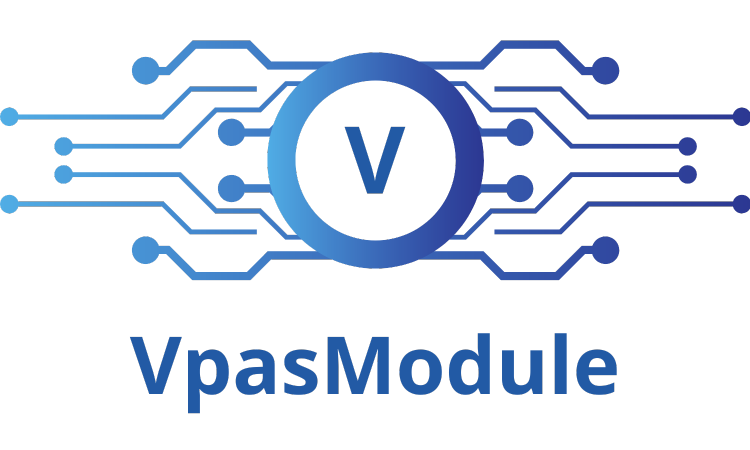Update-VPASIdentityCurrentUserPassword
Synopsis:
CHANGE CURRENT USER PASSWORD IN IDENTITY |
Description:
USE THIS FUNCTION TO CHANGE CURRENT USER PASSWORD IN IDENTITY |
Syntax:
Update-VPASIdentityCurrentUserPassword -oldPassword <String> -newPassword <String> [-token <Hashtable>] [<CommonParameters>] |
Update-VPASIdentityCurrentUserPassword -InputParameters <Hashtable> [-token <Hashtable>] [<CommonParameters>] |
Parameters:
-oldPassword <String> |
-newPassword <String> |
-InputParameters <Hashtable> |
-token <Hashtable> |
<CommonParameters> |
Examples:
$ChangePassword = Update-VPASIdentityCurrentUserPassword -oldPassword {OLDPASSWORD VALUE} -newPassword {NEWPASSWORD VALUE} |
$InputParameters = @{ |
Outputs:
$true if successful |
$false if failed |




